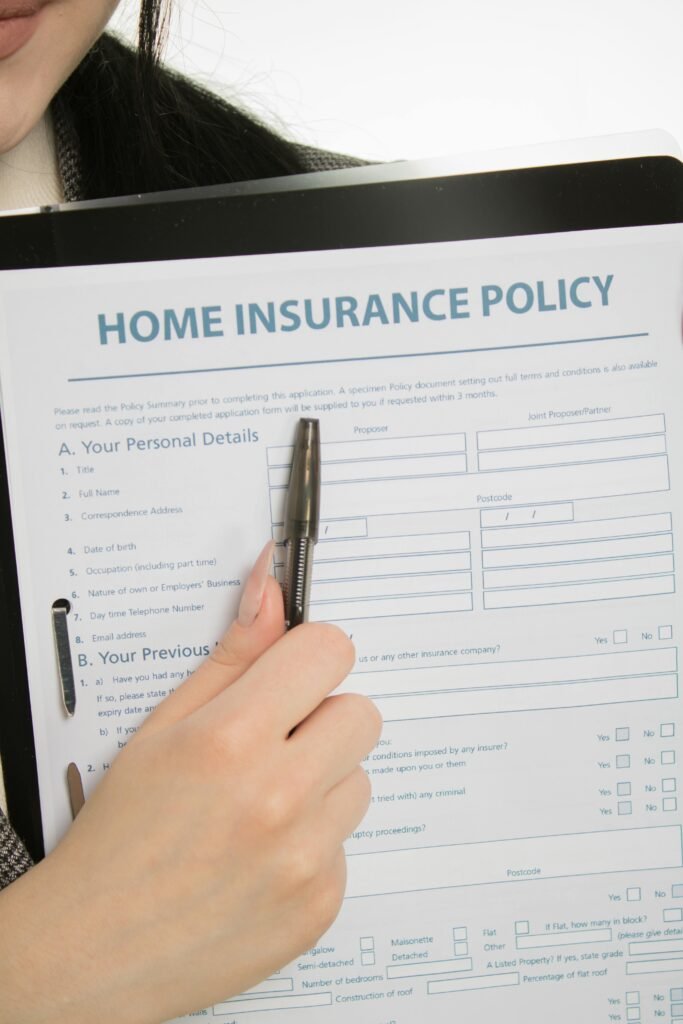Life can be unpredictable. One minute, everything is going smoothly. The next? An unexpected bill, a job loss, or a medical emergency can throw your budget into chaos. That’s where a financial safety net comes in — a cushion that helps you stay afloat when times get tough.
In this blog post, we’ll walk you through simple, practical steps to build your financial safety net. You don’t need to be a financial expert to get started. All you need is a plan, a little discipline, and some patience. Let’s dive in!
What Is a Financial Safety Net?

Think of a financial safety net like an umbrella. When the financial storms hit—like layoffs, car repairs, or unexpected home expenses—you won’t get soaked. Instead, you’ll have a dry, stable place to land. Your safety net gives you peace of mind and helps you avoid falling into debt or financial stress during emergencies.
Why You Need a Safety Net

Some people think nothing bad will ever happen to them financially. While we hope that’s true, life tends to throw curveballs. Losing a job, facing a health emergency, or even something smaller—like a broken laptop needed for work—can really impact your financial stability.
Having a safety net means:
- You avoid falling into credit card debt during unexpected situations.
- You have financial security while you find other solutions.
- You can focus on solving the problem instead of panicking about money.
Step 1: Build an Emergency Fund

This is your first line of defense. An emergency fund is a stash of money set aside for urgent, unexpected expenses.
How much should you save?
A good rule is to start with $500 to $1,000. That might cover things like car repairs or medical co-pays. From there, aim for 3–6 months’ worth of expenses. This may sound like a lot, but start small and stay consistent.
Here’s a simple way to begin:
- Open a separate savings account just for emergencies.
- Set up automatic transfers—start with as little as $25 per paycheck.
- Use windfalls like tax refunds or bonuses to grow your fund faster.
Even a small emergency fund will help prevent a small problem from becoming a major crisis.
Step 2: Create a Monthly Budget

Ever look at your bank account at the end of the month and wonder where your money went? A budget helps you take control.
Start by tracking your income and your monthly expenses. Use tools like a spreadsheet or a free budgeting app to help. Look for areas where you can cut back. Maybe it’s fewer takeout meals or cancelling a rarely-used subscription.
The goal is to spend less than you earn and have some money left each month to put toward your savings goals.
Step 3: Reduce and Manage Debt

Debt is like a hole in your safety net—it weakens your security. If you’re putting money toward high-interest debt, it can be tough to save.
To start tackling your debt:
- List out what you owe—credit cards, personal loans, student loans, etc.
- Focus on paying off the debt with the highest interest rate first (this is called the avalanche method).
- Pay more than the minimum when you can.
If you’re feeling overwhelmed, it might help to reach out to a nonprofit credit counselor for guidance. You don’t have to go it alone.
Step 4: Protect Yourself with Insurance

Insurance is a key pillar of a solid financial safety net. Think about it this way: it’s something you pay a little for regularly so that you don’t pay a lot when something goes wrong.
Make sure you have essential coverages like:
- Health insurance: Even a simple visit to the doctor can be expensive without it.
- Auto insurance: Required in most places—and truly vital if you drive.
- Renters or homeowners insurance: Protects your property and personal belongings.
Double-check your policies each year. It’s worth reviewing what’s covered and shopping around for better rates.
Step 5: Prioritize Stable Income

If possible, steady income is a cornerstone of any good financial plan. While not always in your control, there are ways to strengthen your income stream.
- Keep your resume updated and your skills sharp.
- Consider a side hustle for extra money each month.
- Build an emergency career plan in case of a layoff—know your options and network regularly.
Stability doesn’t always mean sticking with the same job forever. It means making sure you have opportunities and backup plans if needed.
Step 6: Set Long-Term Financial Goals

Once you have the basics in place, it’s time to think bigger. Do you want to buy a house, travel more, or retire early? Having goals will motivate you to keep saving and strengthen your financial cushion over time.
Start with small goals (like saving $1,000) and gradually build toward larger ones (like a year’s worth of living expenses or retirement savings).
What If You Need Help Along the Way?
Building a safety net can feel overwhelming at times—but you don’t have to figure it all out yourself. There are many resources out there that can provide support and advice, especially nonprofit credit counselors who offer free or budget-friendly financial guidance.
Don’t be afraid to ask for help. It’s a sign of strength, not weakness.
Final Thoughts: Take Small Steps Today
Creating a financial safety net isn’t about making big moves all at once. It’s about small, consistent steps that add up over time. Whether it’s saving a few dollars, trimming expenses, or paying down that old credit card balance, every positive action helps.
So, ask yourself: What’s one step you can take today to protect your future? Start there, and you’re already on the path to financial peace of mind. Life is full of surprises, but with the right preparation, you’ll be ready for whatever comes your way.
Remember, you don’t need to be rich to be secure. You just need to plan ahead. Your future self will thank you!

